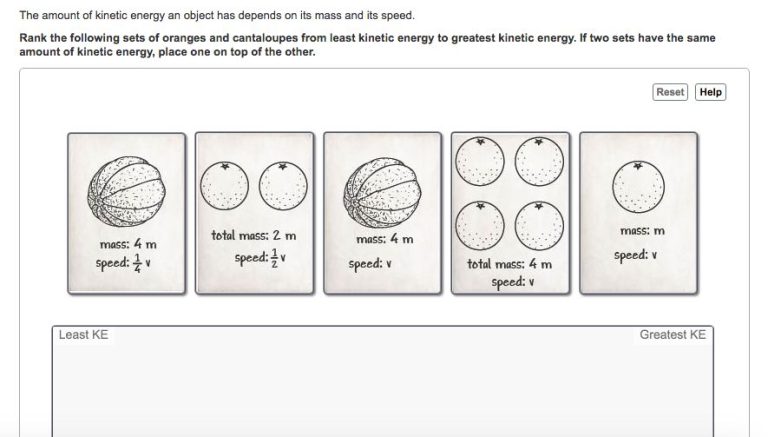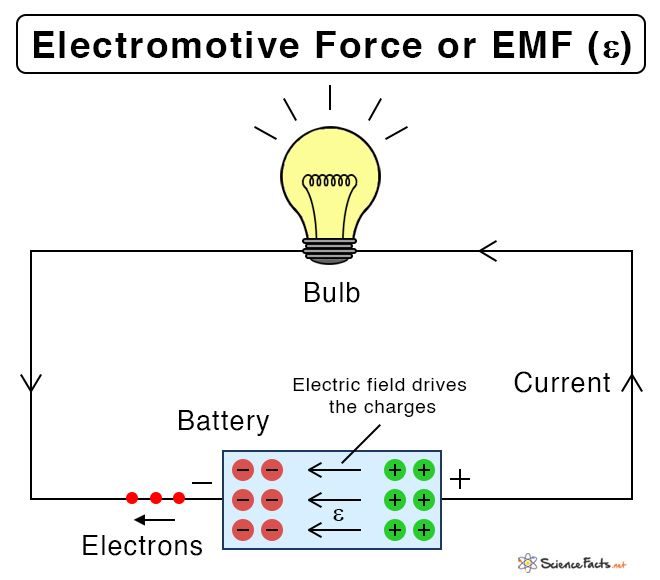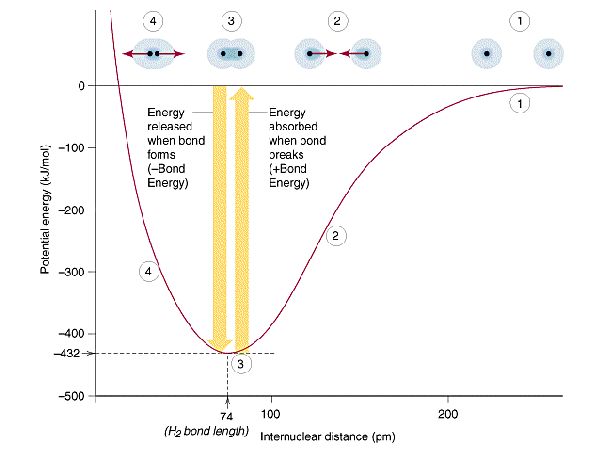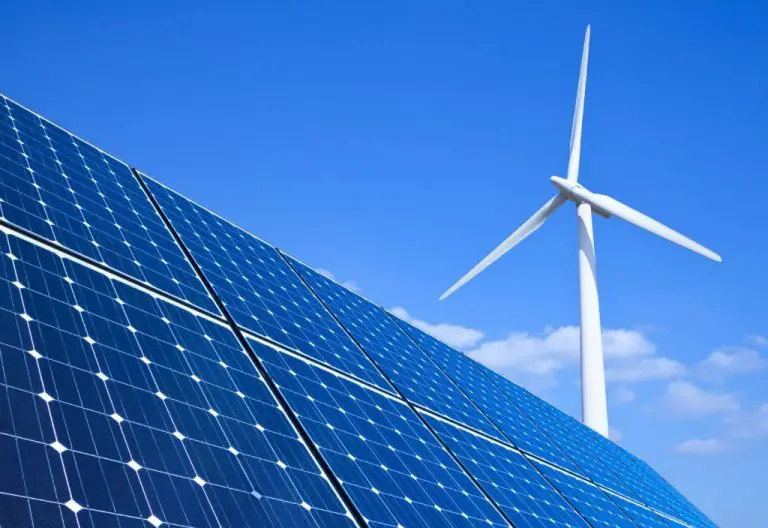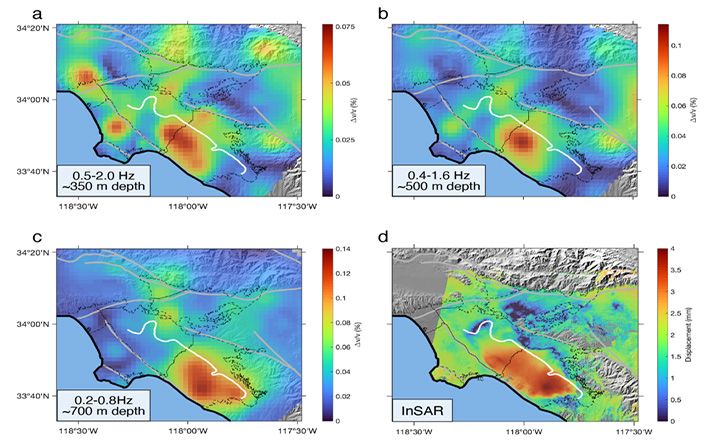How Energy Is Produced?
Energy is essential to modern life. We rely on electricity to power our homes, businesses, schools, hospitals and much more. Energy also fuels transportation, heating, manufacturing, and agriculture. With the world’s population and economies growing, global energy demand continues to increase.
Most of our energy comes from fossil fuels like oil, coal, and natural gas. However, burning fossil fuels emits greenhouse gases that contribute to climate change. Renewable energy sources like solar, wind, hydropower and geothermal can help meet our energy needs more sustainably.
This article provides an overview of how different energy sources are harnessed and converted into usable energy. Understanding energy production can help inform discussions around meeting energy demand while reducing environmental impact.
Fossil Fuels
Fossil fuels like coal, oil and natural gas are formed from the remains of ancient plants and animals that lived millions of years ago. Over time, heat and pressure from layers of rock and soil transformed their decomposed remains into fossil fuels that are extracted today.
Coal is a combustible black or brownish-black sedimentary rock that forms from buried and altered plant remains. It’s extracted through mining, then burnt to generate electricity, provide heat, and power industrial processes. Oil and natural gas were formed from microscopic plants and animals that lived in ancient seas. Oil is extracted by drilling wells deep underground, while natural gas is often found with oil and extracted through the same wells.
Fossil fuels are non-renewable energy sources, meaning they can’t be replenished on a human timescale. Once they are used up, they are gone. They have powered the world for centuries, with oil providing fuel for vehicles, coal providing electricity, and natural gas used for heating, cooking, and electricity generation. However, burning fossil fuels releases carbon dioxide and other greenhouse gases, contributing significantly to climate change.
Nuclear Energy
Nuclear power plants produce electricity from the heat generated by nuclear fission reactions. In most reactors, uranium atoms are bombarded with neutrons, causing them to split apart into lighter elements and release energy in the form of heat. This heat is used to boil water into steam that spins a turbine to generate electricity.
Nuclear power plants have multiple safety measures to contain radiation and prevent accidents, including emergency core cooling systems and containment structures. However, major nuclear accidents can release radioactive materials into the environment, as occurred at Chernobyl and Fukushima. To prevent proliferation of nuclear weapons, uranium fuel is closely monitored.
Spent nuclear fuel remains radioactive for thousands of years and must be carefully stored, currently in spent fuel pools and dry casks. There is debate over proposals for long-term storage or disposal of nuclear waste. Some advanced reactor designs could potentially burn existing nuclear waste as fuel.
Nuclear fusion is another potential energy source, which combines light atomic nuclei instead of splitting them. Fusion reactions power the sun and stars but have proven difficult to harness on earth. If achieved, fusion could offer an abundant, low-carbon energy source with much less radioactive waste compared to fission.
Hydropower
Hydropower is the process of using the kinetic energy in flowing water to generate electricity. This is often done by constructing dams along rivers to collect and control water flow. The dam stores potential energy from the water held behind it, which is then converted to kinetic energy as the water flows through turbines connected to generators. The spinning turbines turn electromagnets within the generators, producing an electric current.
Many of the world’s major hydropower projects involve large dams that are able to generate hundreds or thousands of megawatts of power. Some examples include the Three Gorges Dam in China, which has a capacity of 22,500 MW, the Itaipu Dam on the border of Brazil and Paraguay (14,000 MW capacity), and the Guri Dam in Venezuela (10,200 MW). Other major facilities are found along rivers like the Columbia in North America, the Congo in Africa, and the Yenisei in Russia.
Smaller scale hydropower projects are also widespread, often using small dams, weirs, or even water flow from canals and pipelines. These smaller facilities generate power mainly for local use. Hydropower supplies around 16% of the world’s electricity from facilities of all sizes.
Wind Energy
Wind energy is harnessed by using large wind turbines that use the wind’s kinetic energy to generate electricity. The turbines consist of blades affixed atop tall towers that spin as the wind blows across them. This rotational energy turns a shaft inside the turbine that is connected to a generator which produces electricity.
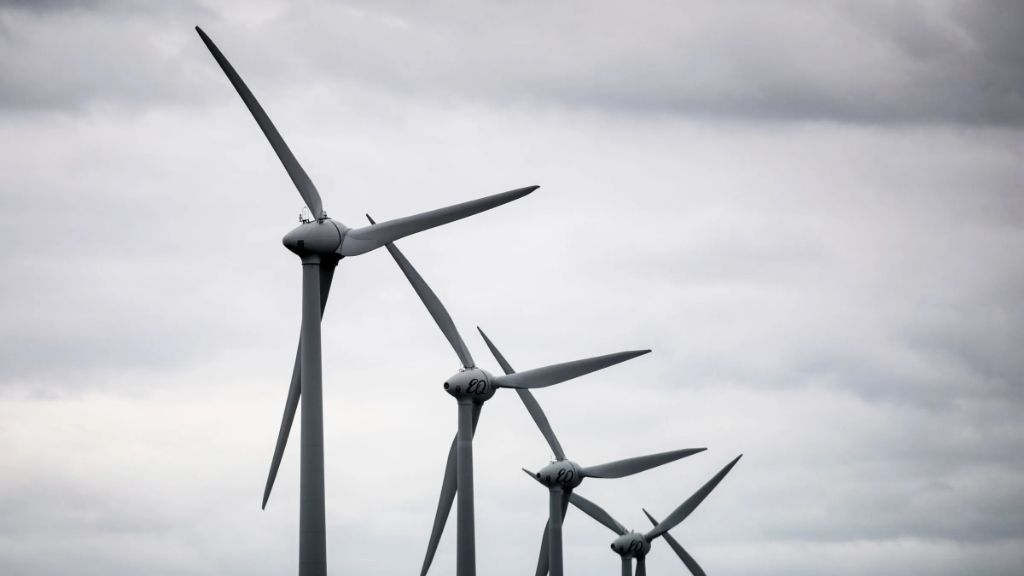
Wind turbines are often clustered together in groups called wind farms or wind power plants to produce larger amounts of electricity. Wind farms can be built on land (onshore wind) or offshore at sea. Onshore wind farms are less expensive to build but may face more siting challenges due to noise concerns or visual impacts. Offshore wind farms can harness stronger and more consistent winds but are more complex and costly to construct.
Global wind power capacity has expanded rapidly over the past two decades. As of 2020, worldwide wind power capacity was around 743 gigawatts. The growth has been driven by technology improvements, government incentives, and the falling cost of wind energy. Wind turbines have become more efficient, larger, and able to access steadier winds at higher altitudes. According to projections, wind energy could supply up to 50% of global electricity by 2050.
Solar Energy
Solar energy is harnessed directly from the sun using different technologies, such as photovoltaic solar panels or solar thermal collectors. It provides a clean and renewable source of energy that is becoming increasingly affordable and efficient.
Photovoltaic solar panels convert sunlight directly into electricity using semiconductor materials. Arrays of solar panels are installed on rooftops, ground-mounted racks, or integrated into building materials. The energy generated is either used directly on-site or fed into the grid. Solar PV can provide distributed clean energy globally and at all scales.
Solar thermal systems use the sun’s heat to provide hot water and space heating in homes and businesses. The most common type is solar hot water which circulates a heat-transfer fluid through panels on rooftops. The thermal energy can also be used to generate electricity on a utility-scale.
Utility-scale solar consists of large centralized ground-mounted solar farms that feed into the grid. Hundreds of megawatts of solar PV and concentrated solar power plants are being built globally. Distributed generation involves small-scale solar installations on rooftops, providing energy locally.
Solar energy offers a clean, renewable, and versatile energy source that is seeing rapid growth and cost reductions globally. It is a key technology for transitioning to sustainable energy systems.
Geothermal Energy
Geothermal energy utilizes the heat generated and stored beneath the earth’s surface to produce electricity and provide heating and cooling. This renewable energy source taps into the vast amounts of heat contained underground in rock and aquifers. There are three main types of geothermal energy systems:
– Geothermal power plants use steam or very hot water from deep within the earth to spin the turbines of electric generators. Powerful geothermal reservoirs are located near tectonic plate boundaries where magma comes close to the surface. Steam or hot water is brought up through production wells and used to turn generator turbines before being returned underground via injection wells.
– Direct use and district heating systems use hot water from reservoirs nearer the surface to provide heat directly. Water warmed underground can be piped directly into homes, greenhouses, fish farms, and other facilities. Hot water near the surface is accessed through wells and pumped through district heating systems to heat buildings.
– Geothermal heat pumps use stable ground temperatures near the earth’s surface to control building temperatures above ground. These systems circulate water or other liquid through pipes buried in the shallow ground to provide heating in winter and cooling in summer.
Geothermal energy produces little to no greenhouse gas emissions since no fuels are burned. It also provides a reliable and consistent baseload power source independent of weather conditions. While geothermal energy has considerable potential, upfront costs for power plants are high and suitable reservoirs are geographically limited.
Bioenergy
Bioenergy refers to renewable energy derived from organic matter, known as biomass. The most common sources of biomass used for energy production include wood, agricultural crops, and organic municipal and industrial waste. There are two main ways that biomass can be used to generate energy:
Biofuels – Biomass is converted into liquid fuels called biofuels that can replace fossil fuels like gasoline, diesel and jet fuel. The most common types of biofuels are ethanol, which is made from fermenting sugar or starch crops like corn and sugarcane, and biodiesel, which is made from vegetable oils and animal fats. These liquid biofuels can power vehicles and generators.
Biogas – Organic matter like manure, food scraps and sewage sludge can be broken down by microorganisms through a process called anaerobic digestion. This produces a gas called biogas that is composed mainly of methane and carbon dioxide. Biogas can be used directly for heating and cooking, or can be processed into renewable natural gas and transportation fuels.
Bioenergy is considered a renewable energy source because the organic matter used to produce it can be replenished relatively quickly through natural and agricultural processes. As plants grow, they absorb carbon dioxide from the atmosphere and use it to produce carbohydrates, fats and proteins. When these organic compounds are later broken down during energy production, the same amount of carbon is released, completing the carbon cycle.
Wave & Tidal Energy
The ocean offers another promising renewable energy resource that can be harnessed in the form of ocean waves and tides. Wave energy works by converting the kinetic energy of ocean waves into electricity using technologies like buoys, oscillating water columns, and hydraulic turbines. As waves pass through these devices, they generate mechanical energy which is then converted into electrical energy. Tidal energy, on the other hand, utilizes the rise and fall of ocean tides to generate electricity through tidal stream generators and tidal barrages. Tidal stream generators function similar to underwater wind turbines, where the ebb and flow of the tides spin turbines to produce electricity. Meanwhile, tidal barrages build dams across bays or estuaries that trap water during high tides and release it during low tides to power turbines. Both wave and tidal energy represent a huge untapped source of clean, renewable energy from the oceans. While not without challenges, they have massive potential to contribute significantly to the world’s energy needs if harnessed sustainably.
Conclusion
We have covered the broad categories of how energy is produced in the world today, ranging from fossil fuels like coal and natural gas to renewable sources like wind, solar, and hydropower. Some key takeaways to remember are:
– Fossil fuels still make up the majority of global energy production and use. However, they come with environmental costs from greenhouse gas emissions contributing to climate change.
– Renewable energy sources like wind, solar, hydropower and geothermal are growing rapidly as costs fall and technology improves. These represent a cleaner energy future.
– Nuclear energy remains controversial but provides a low-carbon baseload power source in many countries.
– Energy efficiency is crucial for reducing energy demand and enabling more renewable energy on the grid.
The outlook for the future is a transition away from fossil fuels towards a greater mix of renewables, nuclear and cleaner energy technologies. This transition is crucial for reducing human impacts on the climate while still supporting economic growth and improved living standards globally.
More work remains to build out renewable infrastructure, improve energy storage, transmission grids and energy efficiency. But the potential is there to transform how energy is produced and move to a more sustainable low-carbon energy system this century.

